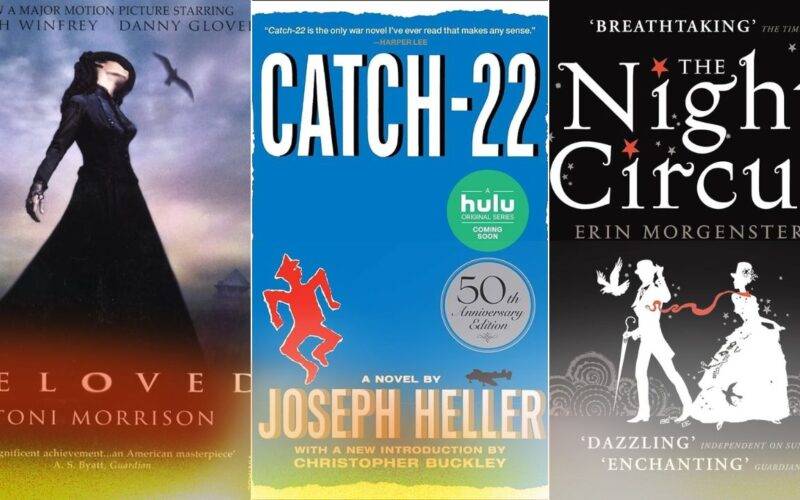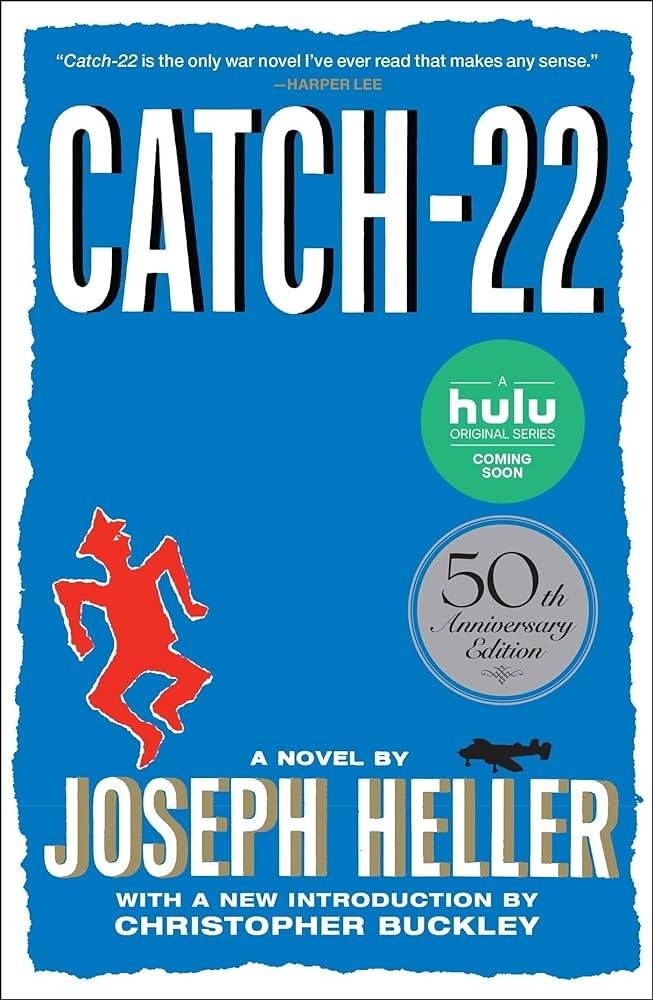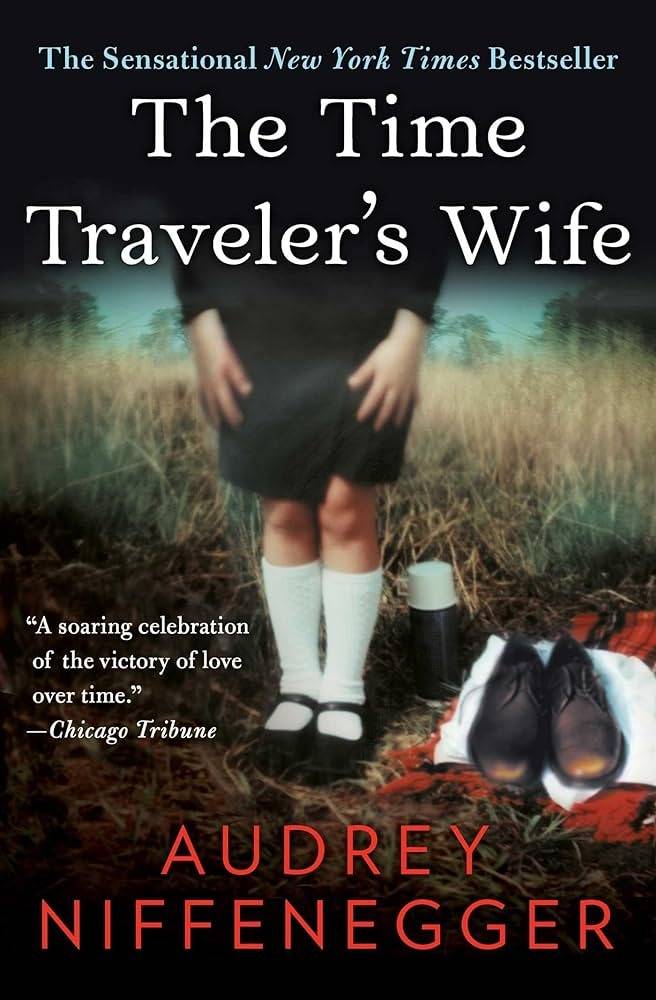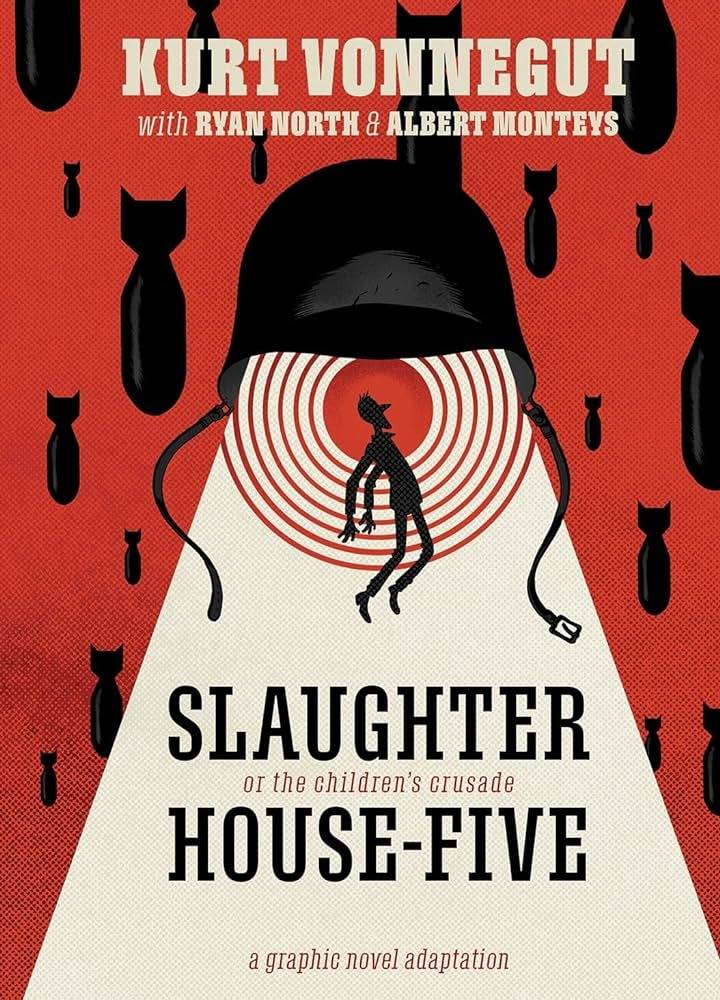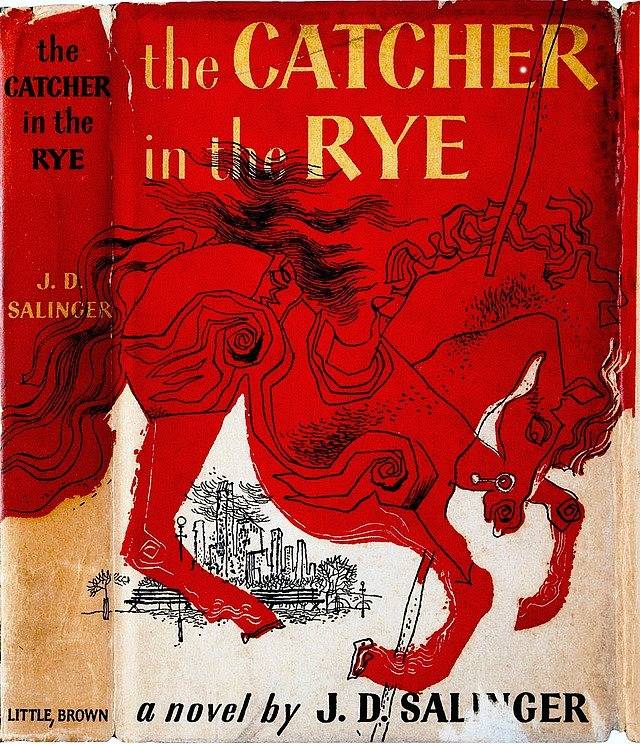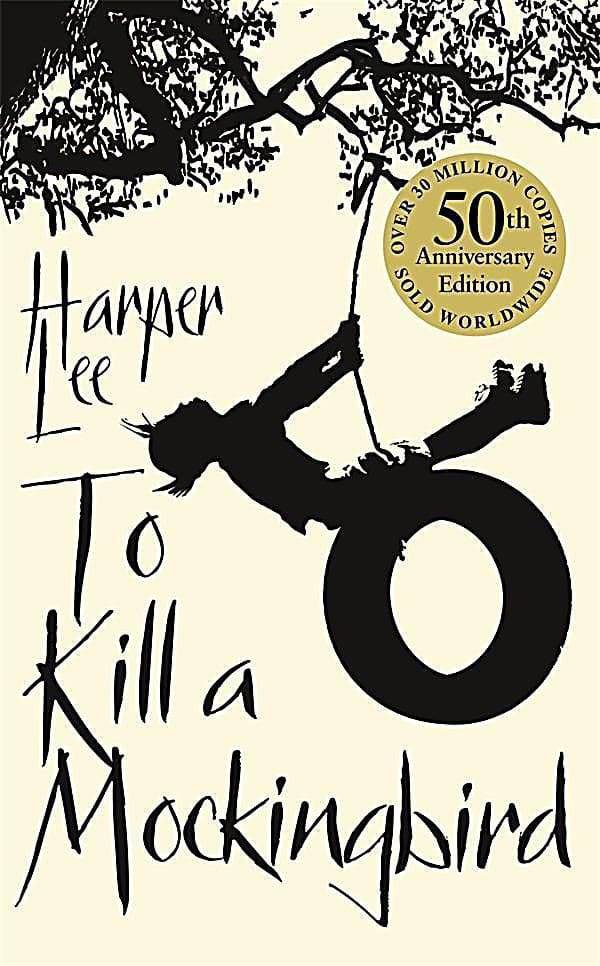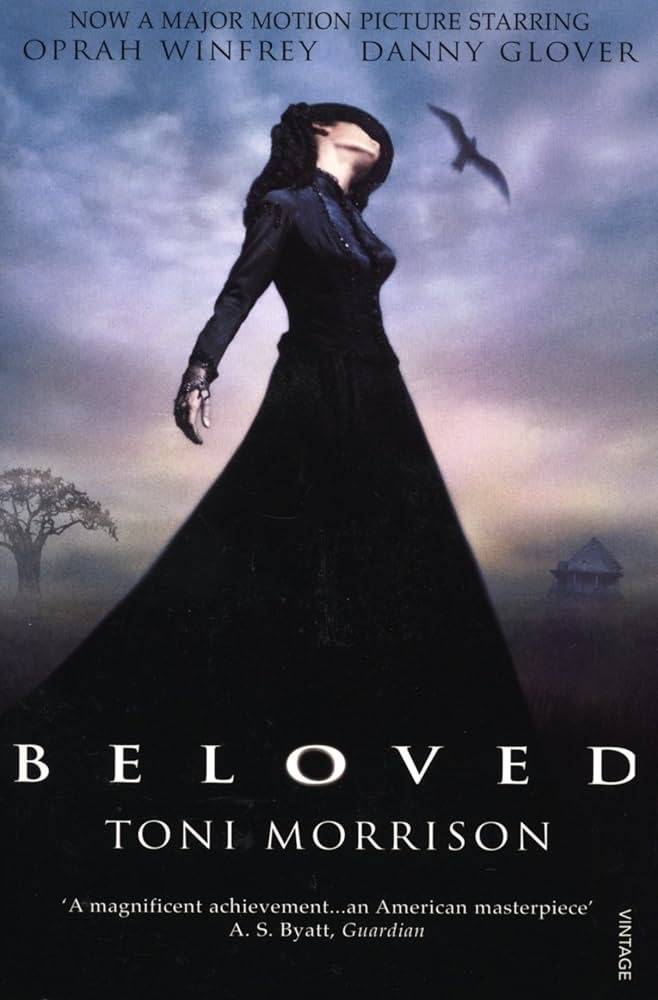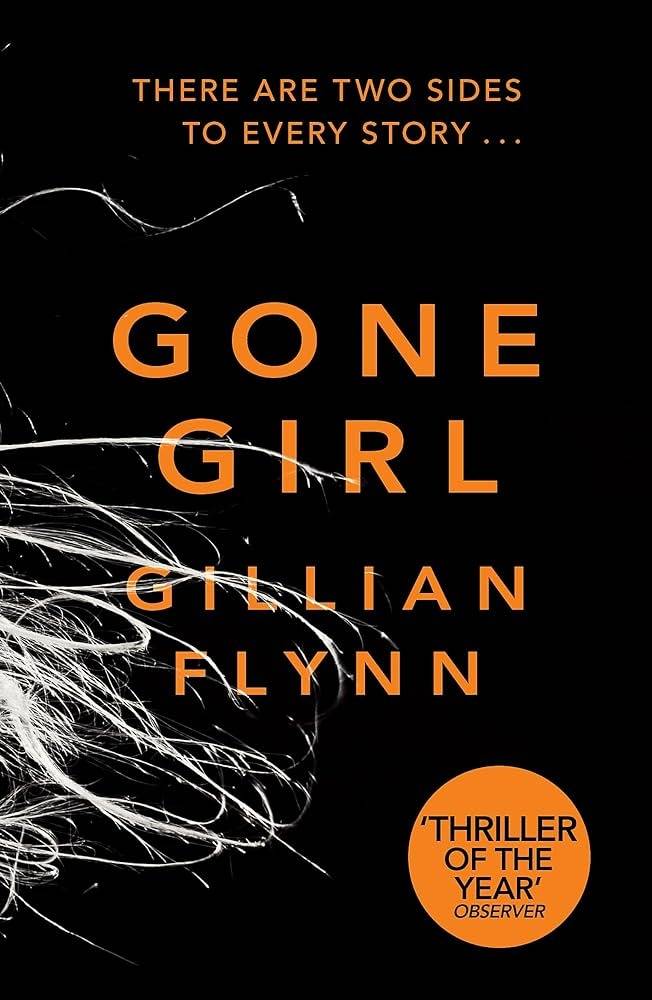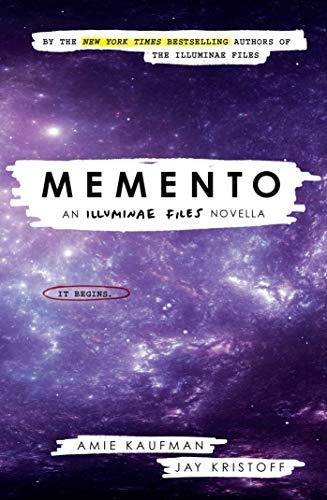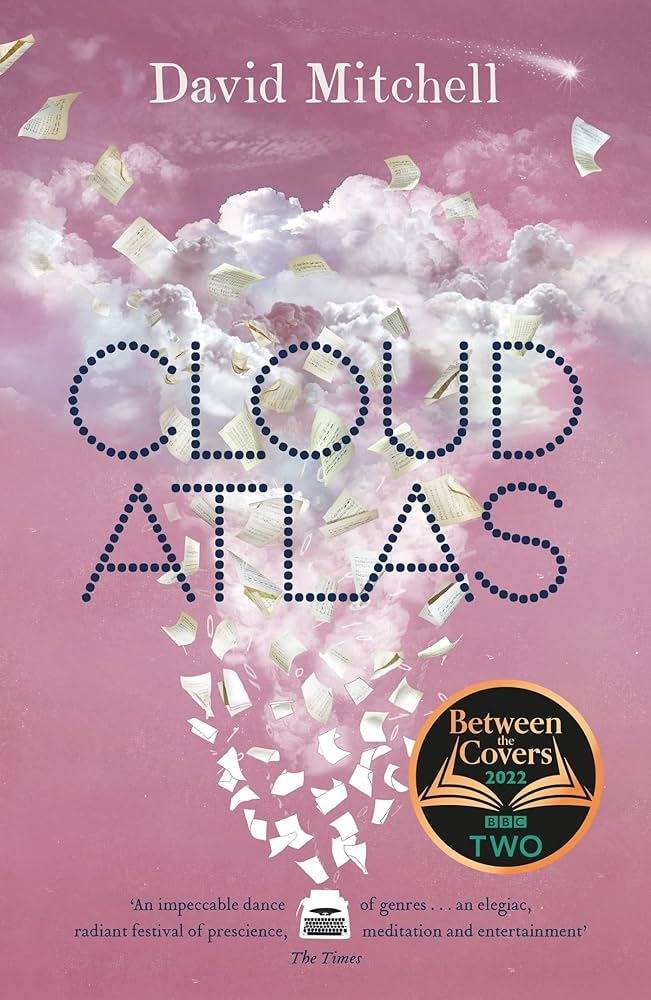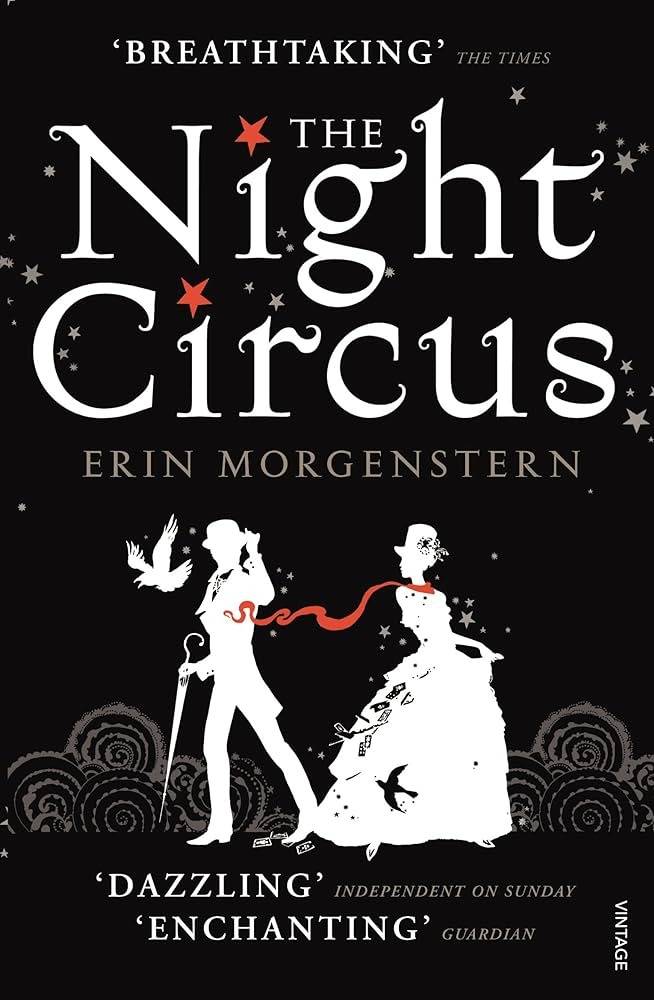Have you ever indulged in a book that constantly jumps back and forth in time, like “Catch-22” or “The Time Traveler’s Wife”? Some might say these types of stories are a bit confusing, while others absolutely love them.
Nonlinear storytelling is one of the most fascinating and engaging ways to weave a tale. It keeps you on your toes, building and maintaining suspense right up to the end. Whether it’s revealing a character’s past in a flashback or jumping forward to a future event, these techniques add layers and depth that make the story unforgettable.
Nonlinear narratives break free from the traditional, chronological order of storytelling, creating a course of events that can jump back and forth in time. Unlike linear narratives that follow a straightforward path from beginning to end, nonlinear stories might start in the middle, loop back to the beginning, or leap into the future, creating a more dynamic and layered reading experience.
The Role of Time Jumps
Time jumps play a crucial role in nonlinear narratives, offering a way to manipulate the temporal flow of a story to enhance plot development and reader engagement. There are two types of time jumps: Leaps forward and Leaps backward.
Leaps forward in time move the narrative ahead to future events, often revealing the consequences of earlier actions or introducing new developments. This technique often creates suspense and anticipation, as readers are left to connect the dots between past actions and their future outcomes. For example, in “The Time Traveler’s Wife” by Audrey Niffenegger, the protagonist’s uncontrollable time traveling leaps forward to show the impact of his actions on his wife and their relationship, deepening the emotional resonance of the story.
Leaps backward in time provide context and background, often exploring characters’ past experiences that influence their present behavior. This technique can enrich character development and plot understanding. “Slaughterhouse-Five” by Kurt Vonnegut utilizes time jumps backward to revisit pivotal moments in the protagonist’s life, offering insights into his trauma and the randomness of existence.
The Function of Flashbacks
Flashbacks serve multiple functions in storytelling. They offer essential context, helping readers understand characters’ motivations and the origins of current conflicts. They can add dramatic tension and suspense, as they reveal crucial pieces of the narrative puzzle at strategically chosen moments. For example, in “One Hundred Years of Solitude” by Gabriel García Márquez, the frequent flashbacks to the Buendía family’s past create a rich historical backdrop that illuminates the cyclical nature of their fate. Flashbacks also enhance character development by providing a deeper understanding of characters’ internal struggles and growth. In “The Catcher in the Rye” by J.D. Salinger, Holden Caulfield’s reflective flashbacks offer insights into his emotional turmoil and the events leading to his current state of alienation.
Different Forms of Flashback
Complete Scenes
Complete flashback scenes transport readers back in time to experience significant events in detail. These scenes often provide a comprehensive look at pivotal moments that have shaped the characters or plot. For instance, in “To Kill a Mockingbird” by Harper Lee, Scout Finch’s recollections of her childhood offer valuable context for the novel’s exploration of racial injustice.
Brief Recollections
Brief flashbacks are shorter, more fragmented memories that offer snapshots of the past – highlighting the specific details or trigger emotions connected to past events. In “Beloved” by Toni Morrison, brief, haunting recollections of slavery surface throughout the novel, gradually revealing the traumatic experiences that haunt the protagonist, Sethe – allowing readers to piece together the story of her past while maintaining the novel’s present tension.
The Impact of Nonlinear Narratives on Readers
By breaking away from a straightforward, chronological timeline, these stories challenge readers to think critically, piece together fragmented information, and immerse themselves more deeply in the narrative.
Nonlinear narratives stimulate the mind, encouraging readers to actively engage with the text as they reconstruct the timeline and interpret the relationships between events. This cognitive engagement can heighten emotional responses, as readers are often caught off guard by unexpected revelations or shifts in perspective. For instance, in “Gone Girl” by Gillian Flynn, the alternating timelines and perspectives create a sense of unease and suspense, leading to a more intense emotional investment in the unfolding mystery.
The non-sequential structure of nonlinear narratives naturally enhances suspense and mystery. By withholding key information and revealing it at strategic moments, these stories keep readers on edge, eager to uncover the truth. “Memento” by Jonathan Nolan and Christopher Nolan, for example, uses a reverse chronological structure to maintain suspense, making the audience question everything they think they know until the very end. This technique of revealing the plot piece by piece not only sustains tension but also amplifies the impact of each twist and turn.
Readers often find nonlinear narratives to be both challenging and rewarding. Some appreciate the mental stimulation and the sense of accomplishment that comes from piecing together a complex plot. Others are drawn to the heightened emotional experience, as the disjointed timeline allows for powerful, unexpected revelations.
For example, readers of “Cloud Atlas” by David Mitchell often describe feeling a deep connection to the characters, despite the novel’s intricate structure, as the intertwined stories reveal profound themes of fate and interconnection across time. However, some readers may initially find nonlinear narratives disorienting, but many ultimately embrace the unique storytelling approach as it offers a richer, more immersive experience.
Challenges and Considerations
While nonlinear narratives can create compelling and dynamic stories, they also come with certain challenges and potential pitfalls that writers must navigate carefully to avoid confusing readers or disrupting the story’s flow.
Nonlinear narratives can easily become confusing if the transitions between time periods or perspectives are not clear. Readers may struggle to follow the plot if the shifts are too abrupt, frequent, or poorly signposted. In fact, jumping between timelines without a clear purpose can disrupt the story’s flow, making it difficult for readers to stay engaged. Poorly executed nonlinear structure can lead to disorientation, where readers lose track of the sequence of events or the relevance of certain scenes, which can diminish their overall experience.
Successful nonlinear narratives require meticulous planning and structuring. Writers must carefully map out the timeline to ensure that all plot threads interconnect seamlessly and that the pacing remains steady throughout. Creating an outline that details when and why each time shift occurs can help maintain coherence. It’s also essential to consider the overall impact of the nonlinear structure on the story’s themes and emotional arc.
Clarity is often the key in nonlinear narratives. Writers should use distinct visual or textual cues, such as chapter headings, dates, or character markers, to signal shifts in time or perspective. For example, in “The Night Circus” by Erin Morgenstern, each chapter is labeled with a date and location, helping readers navigate the nonlinear timeline. Another strategy is to ensure that every time jump or flashback serves a clear narrative purpose, such as revealing important backstory, building suspense, or enhancing character development. Consistency in how and when time shifts occur can also help maintain the story’s rhythm and prevent confusion.
Techniques for Writing Nonlinear Narratives
Maintaining clarity in a nonlinear narrative is essential to prevent confusion. One technique is to use consistent formatting or headings to differentiate between different timelines or perspectives. Clearly defined transitions, such as starting a new chapter or section with a time marker, can help readers follow the shifts smoothly. Ensure that the narrative’s core themes or plot threads are strong enough to tie the nonlinear elements together, providing a sense of coherence.
Achieving a balance between present action and past events is crucial to maintaining the story’s momentum. Avoid overloading the narrative with flashbacks or time jumps that could disrupt the flow. Instead, weave them into the present action in a way that complements or contrasts with the current events, creating a dynamic interplay.
Visual and textual cues can be invaluable tools for guiding readers through a nonlinear narrative. Consider using chapter titles, dates, or even distinct font styles to signal time shifts. Recurring motifs or symbols can also subtly indicate shifts in time or perspective, creating a cohesive narrative thread that leads the reader through the story’s twists and turns.
The power of storytelling lies in its ability to transcend time and space, connecting readers with characters and experiences in ways that linger long after the story ends. Nonlinear narratives, with their dynamic structures and intricate plots, exemplify this power, reminding us that the best stories are those that stay with us, challenging and inspiring us along the way. Nonlinear narratives have long captivated readers with their unique ability to intertwine time, memory, and perception.
These narratives challenge our understanding of storytelling, pushing us to think beyond the conventional and embrace the unexpected. Whether through time jumps, flashbacks, or shifting perspectives, they invite us to see the world from different angles, revealing layers of meaning that might otherwise go unnoticed. The complexity of nonlinear stories is part of what makes them so compelling—each twist and turn adds depth, creating a reading experience that is as thought-provoking as it is immersive.

